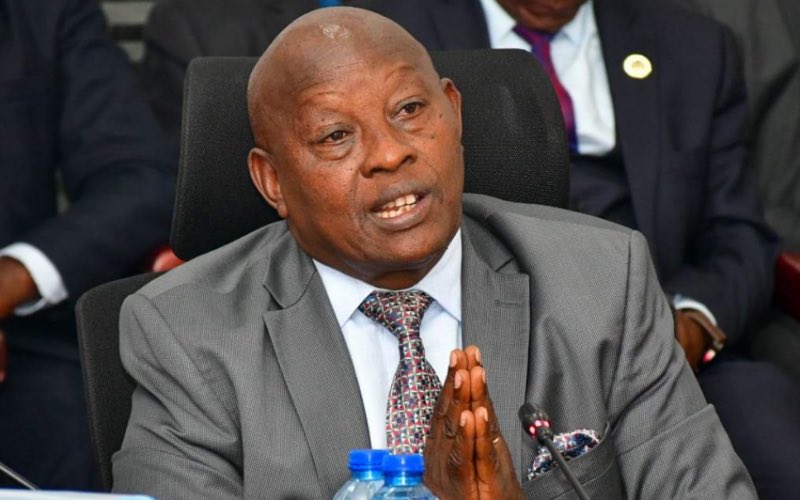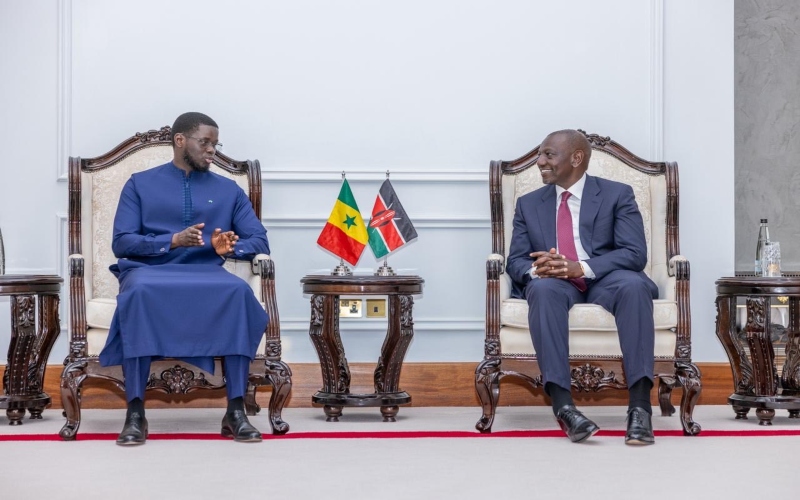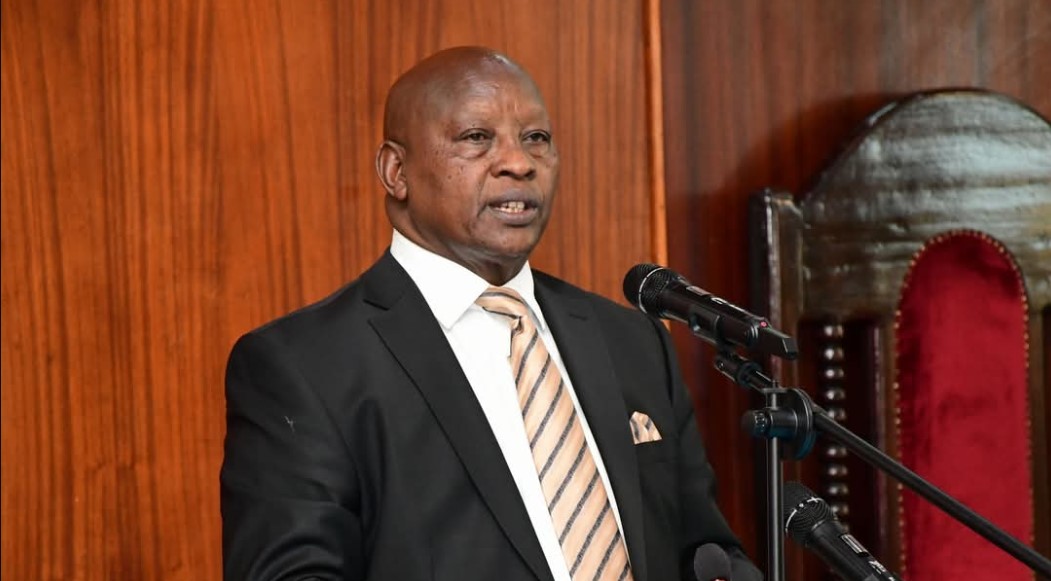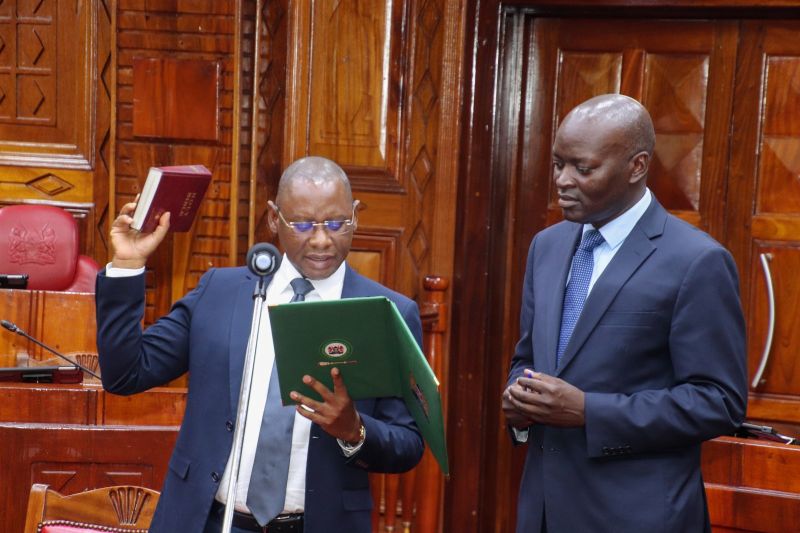New national marine spatial plan aims to protect Kenya’s oceans and communities

The initiative is being spearheaded by the Kenya Marine Fisheries and Socio-Economic Development (KEMFSED) project under the Ministry of Mining, Blue Economy, and Maritime Affairs. Its goal is to provide clarity and harmony among users of the country’s vast maritime zones.
For decades, tensions have simmered along Kenya’s coastline as fishermen, tourism operators, conservation groups, and investors competed for control over marine resources.
The lack of a clear framework to guide the use of ocean spaces has resulted in overlapping claims, environmental degradation, and strained relations within coastal communities.
More To Read
- Experts converge in Mombasa to tackle marine pollution, boost blue economy
- Lake Victoria fish farmers seek government aid to counter cross-border harassment
- President Ruto cites big wins in jobs, digital economy and housing in 3-year scorecard
- Kenya’s fish output grows to Sh39 billion despite Lake Victoria slowdown
- Court declares new mining sector rules unconstitutional
- Kilifi tightens fisheries oversight, urges fishermen to resolve conflicts amicably
To bring order and promote sustainable management of these resources, the government has launched the development of a national marine spatial plan (MSP). This comprehensive framework will demarcate and allocate marine areas for various uses, including fishing, tourism, transport, and conservation.
The initiative is being spearheaded by the Kenya Marine Fisheries and Socio-Economic Development (KEMFSED) project under the Ministry of Mining, Blue Economy, and Maritime Affairs. Its goal is to provide clarity and harmony among users of the country’s vast maritime zones.
Dr Jackline Uku, National Coordinator for the Marine Spatial Plan, said the initiative seeks to balance competing interests by ensuring that each marine activity is conducted in a suitable area.
Identify alternatives
“This is about understanding how our ocean spaces are used and ensuring that conflicting activities are not placed in the same zones. If one activity doesn’t fit in a particular space, we can identify an alternative,” she explained.
The process brings together key institutions, including the National Land Commission, the Department of Land and Physical Planning, Beach Management Units (BMUs), and conservationists. Their collaboration aims to ensure that the final plan reflects both local realities and scientific evidence.
John Ntabo, Deputy Director at the State Department for Lands and Physical Planning, emphasised the importance of public engagement in shaping the plan.
“Public participation is vital. It allows us to collect views, identify our resources, and ensure they are exploited in an organised, equitable, and sustainable manner. This way, we avoid confusion and conflict in the future,” he noted.
The MSP will also incorporate findings from scientific research, such as cost–benefit analyses, to guide decisions on the most productive and environmentally sound uses of marine spaces.
Address recurring disputes
Environmentalists have welcomed the move, saying it marks a crucial step in addressing recurring disputes over ocean access and use.
Dickson Mzinga, a member of the Dabaso Creek Conservation Group, said the initiative recognises the role of conservation in preserving marine biodiversity.
“I am pleased that our conservation and tourism sites are being considered in this planning process. It is an important step that will help prevent the conflicts we have seen in the past,” he said.
While stakeholders praised the government’s effort, they also urged the inclusion of beach and shoreline areas in the plan, citing increasing encroachment by private developers on public beaches—a trend they fear could limit community access and threaten fragile ecosystems.
Once completed, the National Marine Spatial Plan is expected to serve as a long-term blueprint for managing Kenya’s ocean and coastal resources, promoting peaceful coexistence among users while safeguarding the country’s blue economy for future generations.
Top Stories Today












































